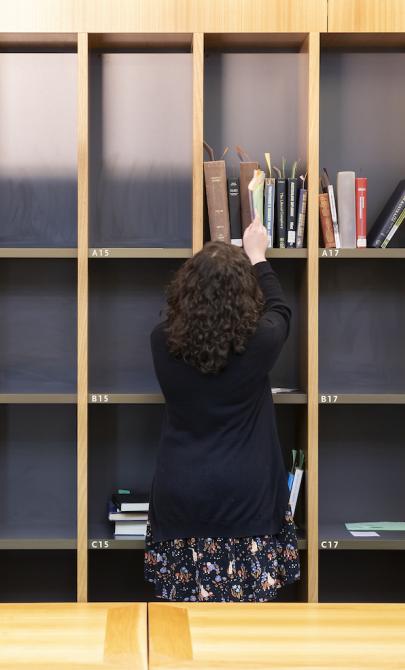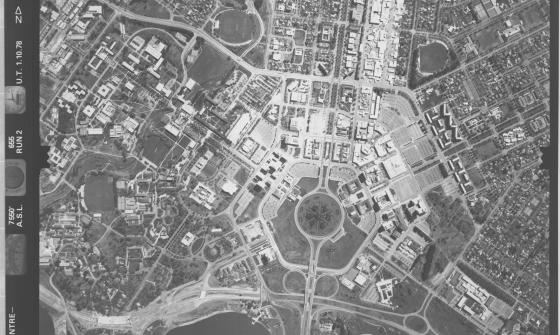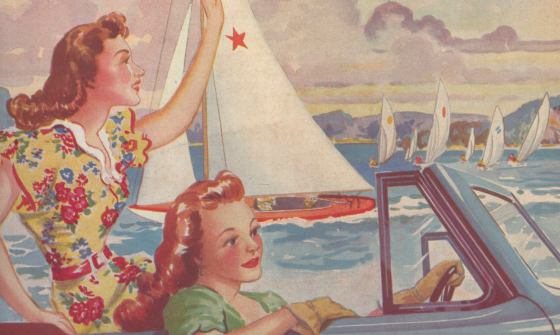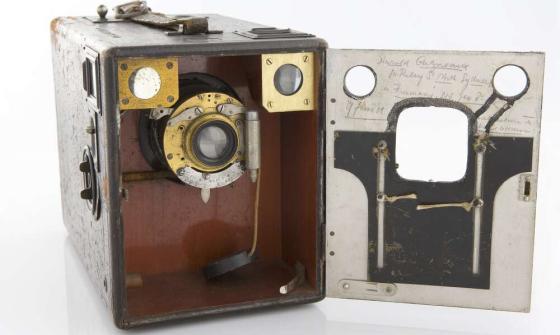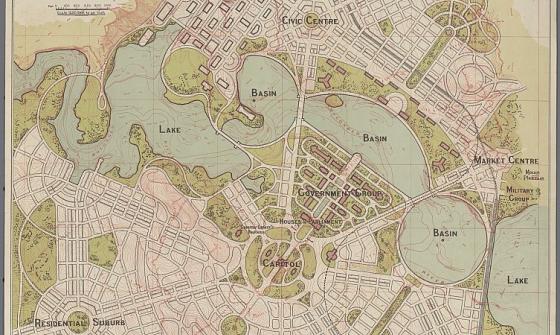Prout Collection
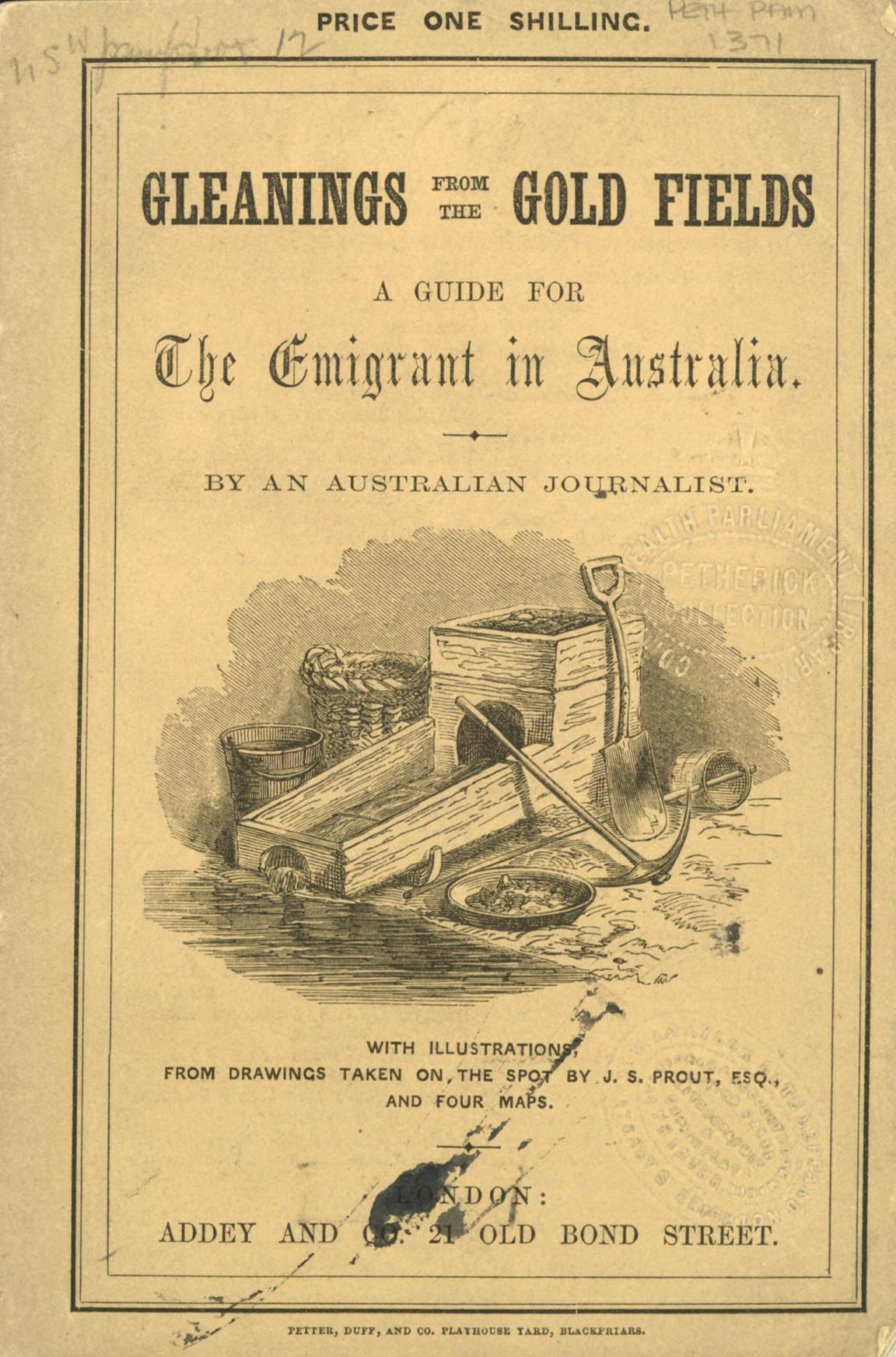
Australian Journalist & John Skinner Prout, The emigrant in Australia, or, Gleanings from the gold-fields, 1852, nla.gov.au/nla.obj-111497902
Australian Journalist & John Skinner Prout, The emigrant in Australia, or, Gleanings from the gold-fields, 1852, nla.gov.au/nla.obj-111497902
Key items in the collection
This collection hosts a range of formats, including:
The Library holds two oil paintings, 41 watercolours, and 38 pencil and wash or pencil drawings by John Skinner Prout. While many cannot be precisely dated, they were all produced in Australia in 1841-48, except for Night Scene at the Diggings, which was painted in London.
Tasmanian works make up the largest group in the collection. There are several paintings of Hobart, Mount Wellington and the Derwent Valley, including Sandy Bay, New Town, the penitentiary and the tomb of a constable shot by the bushranger Martin Cash. Other landscapes depict New Norfolk, Port Arthur, Schouten Island, Avoca, Launceston and the South Esk River. There are a number of views of Lake St Clair in central Tasmania and King Island in Bass Strait. As well as identified places, there are seascapes and studies of fern trees and tea trees.
The New South Wales works include views of Sydney Harbour, the Sydney Domain and Botany Bay, the Hawkesbury River, Cow Pastures River, the Jamieson Valley, the Bathurst Road, Lake Illawarra, Wollongong, Mulgoa, and the village of Broulee on the South Coast. There are also a few Victorian works painted in 1846-47, such as the Yarra River, Mount Macedon and the Goulburn River.
In addition to the original works, the Library holds many lithographs and wood engravings by Prout. Most of the lithographs are plates from his 3 Australian books:
- Sydney Illustrated (14 plates)
- Tasmania Illustrated (17 plates)
- Views of Melbourne and Geelong (6 plates)
The following are later works containing engravings by Prout:
- The emigrant in Australia, or gleanings from the goldfields, 1852
- Prout’s dioramic views of Australia [1850?]
- The sketcher in Tasmania, 1862
- A voyage to Australia and a visit to the gold fields, 1852
There are also a number of engravings after Prout which appeared in Edwin Carton Booth’s Australia (2 vols, 1873-76).
About John Prout
Early life and education
John Skinner Prout (1805–1876) was born in Plymouth, England. Although his uncle, Samuel Prout (1783–1852), was a prominent English watercolourist, John Prout was largely self-trained in art. His earliest known lithograph was published in Penzance in 1827. The following year, he married Maria Marsh, a talented musician and painter.
Early career
Prout and his wife lived in Bristol from 1831 to 1838, during which he embarked on various sketching excursions in southern England, Wales, and Ireland. He published four volumes of lithographs depicting the antiquities of Bristol, Chester, York, and Monmouthshire. In 1838, he moved to London and became a member of the New Society of Painters in Water Colours.
Emigration to Australia
In 1840, Prout and his family emigrated to New South Wales. He joined the Sydney Mechanics School of Arts and delivered lectures on painting. Between 1842 and 1844, he created a four-part lithographed series titled Sydney Illustrated, which included sketches of the city and surrounding regions. He also travelled through the Blue Mountains, Newcastle, Port Stephens, and Illawarra, capturing the landscapes. In 1844, Prout moved to Van Diemen’s Land (now Tasmania) and began a new lithographic series titled Tasmania Illustrated. He also published Views of Melbourne and Geelong in 1847.
Return to England and later career
Prout and his family returned to England in 1848, where he lived in London for the remainder of his life. In 1850, he created a diorama titled Voyage to Australia and updated it in 1851 to include the gold discoveries in the colonies. He was re-elected to the New Society of Painters in Water Colours and continued exhibiting his work at its annual shows until his death in 1876. He also continued sketching and illustrating articles on the colonies, while accepting commissions for lithographs.
Artistic influence and legacy
Prout was one of the most talented artists to work in colonial Australia. His landscapes were focused on capturing picturesque views and exploring the effects of light and colour, rather than striving for topographical accuracy. His work influenced several colonial artists, including Conrad Martens in New South Wales and Francis Simpkinson in Tasmania.
Background to the collection
The Library’s first Australian paintings were 44 works by John Skinner Prout, including watercolours and pencil sketches, acquired in 1909 as part of the Petherick Collection. In 1959, the Nan Kivell Collection added 32 more of Prout’s watercolours, along with many lithographs. Other key acquisitions include the watercolour Night Scene at the Diggings, bought in 1977 from dealer Joseph Brown, and the oil painting Scarborough Bay, purchased in London in 1984.
The paintings, drawings and prints of John Skinner Prout are held in the Pictures Collection at various locations. They have been catalogued individually and most of them have been digitised.
This guide was prepared using these references:
- Tony Brown, Prout, John Skinner, in The dictionary of Australian artists, edited by Joan Kerr, Melbourne, Oxford University Press, 1992, pp. 644-46
- Tony Brown and Hendrik Kolenberg, Skinner Prout in Australia, 1840-48, Hobart, Tasmanian Museum and Art Gallery, 1986
- V.W. Hodgman, Prout, John Skinner (1805-1876), in Australian Dictionary of Biography online



